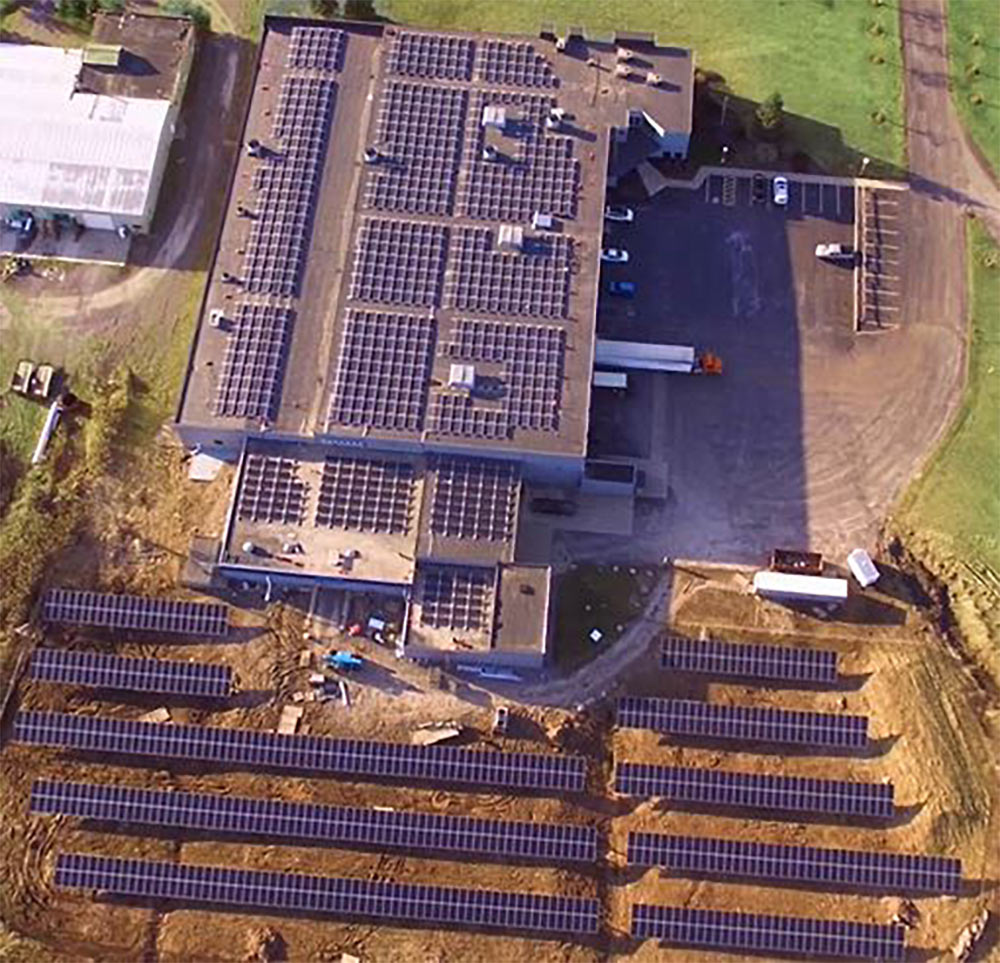EnvironmentalCorner
f you are like me, the days can be long, but the years are REALLY short. I have a reminder each year to let me know when we purchased our building; the anniversary has just passed and I was surprised to realize that it’s been 11 years! When we purchased it, the building had been vacant for many years and required us to replace just about everything but the structure. We worked hard with our project manager to install energy efficient materials and equipment…but that was 11 years ago. It hit me hard that we need to reassess the plant and its energy consumption, especially in an environment where energy costs continue to rise.
Technology has changed leaps and bounds since then and the equipment we have is no longer as efficient as we think. For example, in the last 10 years, LED lighting went from producing 50 lumens per watt to 100 lumens per watt and in the next few years, it is projected that they will produce 200 lumens per watt! All IAPD members, distributors, manufacturers, recyclers and sales representatives use lighting to some extent. Just think of the energy savings that we as an organization could save if we were all on the most efficient lighting schemes for our spaces.
So, what are some best practices and resources for staying current on the available technology and, perhaps more importantly, the funding, financing and tax credits available to support these projects?
Trying to remain current on all the programs may seem like a daunting task, but I have complied a list (not all encompassing, of course) of some great places to start.
- The federal government funds dozens of colleges and universities across the country to perform energy and process efficiency assessments for small- to mid-sized businesses. These sites are called Federally Funded Industrial Assessment Centers. There are a few criteria that must be met to qualify; you must have fewer than 500 employees, be within 130 miles of a funded site, generate less than US$5m in revenue and your energy bill must be more than US$100,000 per year. To my surprise, in my rural area, we are within the boundary of one of the funded universities. Go check out their site to see if your facility qualifies: www.energy.gov/energysaver/energy-saver.
- Energy Star, a program that many of us have heard of, has a very informative site with plenty of content for commercial buildings. They have a benchmarking tool called “Portfolio Manager” that is used as the national benchmarking tool for Canada. This tool is free for you to use and is a secure platform that 25 percent of U.S. commercial buildings use, so there is plenty of data to compare against. This tool can sync with leading energy providers so that your data is uploaded to their site automatically. After you have established your building(s) on the site, you can generate reports, earn energy star certifications and much more. Check it out at: http://energystar.gov.
- A program called DSIRE, run by North Carolina State University, claims to be the most comprehensive list of information on incentives and policies related to energy efficiency and renewables. Again to my surprise, my rural area ZIP code produced 84 search results, some I was familiar with and others I hadn’t heard of before: https://programs.dsireusa.org/system/program.
- State, County and City Economic Development Agencies as well as Industrial Development Agencies are great places to talk with as well. They probably know your building well and may be able to help you weed through all the above programs and more quickly identify what will work best for you.

556Kw solar farm at the Finger Lakes Extrusion headquarters.
We are a smart group of industry partners who do a lot of good for our customers, vendors and the environment alike. I hope that these tips will help you improve your practices to produce even better milestones.